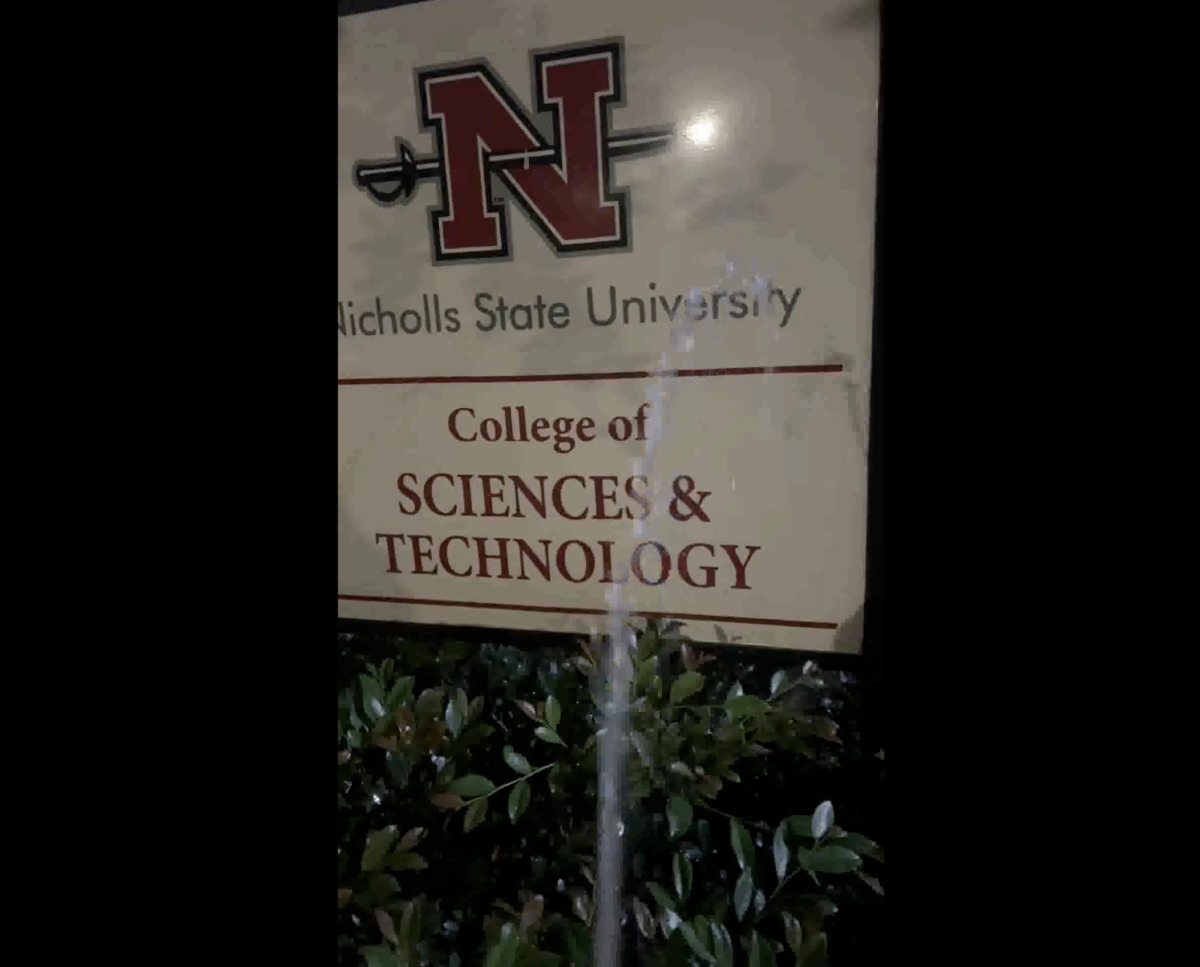It was Gertrude Stein who in 1913 wrote “a rose is a rose is a rose,” thereby contributing to the dozens of long-stemmed lines about roses in English literature. Of course, Stein was infamous for being obscure and for using words for their sounds instead of meaning.
So, nearly 100 years after that line appeared in print, we still have no idea what she meant – if anything – but it sure sounds good.
Especially if you say it three times. Saying it twice is just not as effective.
Maybe that’s the whole point about roses: We have no idea what giving and receiving them really means, but they sure look and smell good. Especially if they come in bunches.
Today is Valentine’s Day 2008, and I’ll make the safe assumption that roses will likely be the gift most often exchanged this year.
After all, once you realize they contain far fewer calories and far more dietary fiber than chocolates, a gift of roses would be hard to beat in these weight-conscious times.
Let me share with you, then, some interesting and little-known facts about roses that you may use to better express your true affections today.
First, a lesson on colors. I’m confident we all have a working knowledge of what it means to receive a red rose. To a human, it’s a gift meaning a “true, deep or lasting love.” To a bull in Spain, it’s a gift meaning a true, deep or lasting puncture wound.
White roses symbolize reverence, humility or innocence. These elegant specimens typically don’t sell well on college campuses.
But the symbolism of red and white roses is easy to remember. It’s the other colors that often confuse us, confuse the recipient and sometimes cause trouble.
For instance, yellow roses are unique looking, attractive and a perfect setting for a sunshiny Valentine’s Day.
Historically, however, a yellow rose has come to symbolize “dying love” or a desire to be “just friends.”
And in Texas, it’s an important state symbol with its own song.
Apparently, Texans just want to be friends: Now we know what the “lone” in Lone Star State means.
There are a variety of pink roses with a variety of meanings. Light pink means “admiration” and dark pink means “gratitude.”
It’s with the in-between pinks that things get interesting: Regular pink means “gentle feelings of love,” fluorescent pink means, “I’ll leave the light on for you, baby,” and Hot Pink is the title of a late 1970s Marvin Gaye song I can’t discuss in print.
There are a number of unexpected rose colors, too, like orange, which is said to symbolize “passion.” And, just as there are navel oranges, there are navel orange roses, which are said by some psychologists to symbolize a very specific type of passion that may require intervention.
Blue, green, purple and black roses are said to say a number of different things, most frequently, “If you can’t afford a red rose, then just buy me some Hershey’s Kisses ’cause that’s the only kisses I’ma be wantin’ from you today.”
You might come across a number of variegated types of roses, like the yellow with red tips that symbolizes – as the two base colors suggest – “friends falling in love.” A white rose with red tips means, “only the good die young,” and a white with orange tips means, “I wanna burn your playhouse down.”
If you ever come across a black rose with red dots, it means you’ve just found a nest of lovebugs: Close your mouth, breathe outward from your nose and hide your car immediately.
Beyond color, floral scientists have developed new hybrids that express desired features of both the rose and other flowering plants.
For instance, the “Axl Rose,” with its snake-like stem and long, hairy petals, is a cross between a rose and a cocoa plant. The “Rosie O’Donnell” is a prickly cross between a rose and a turnip. The “Pete Rose” has features of both a red rose and a clover, with the odds of getting a four-leaf variety a tempting bet at 50 to 1.
Perhaps the most innovative rose hybrid is the new “Venus Rosetrap,” a cross between an orange rose and the meat-eating Venus Flytrap, complete with hinged jaws with interlocking spikes.
The legend that this flower is the source of human hickies, however, has no scientific basis.
So, now that you’re a Rose Scholar, you can more easily figure out today what colors of rose to give and what colors of rose to hope for.
Now, ladies, if you don’t receive the colors you were hoping for, then don’t despair: You must remember a whole 7% of the male population is genetically colorblind.
Only 0.4% of females are colorblind, and so, men, if you receive the wrong color, then you may despair.
Of course, in non-cross-gender exchanges, these color problems will not likely arise.
Shakespeare also contributed a long-stemmed line to our literature, with, “That which we call a rose by any other name would smell as sweet.”
Remember more, however, that the doghouse never, ever smells sweet. So, get your roses right today, and thereby avoid thorny problems.








